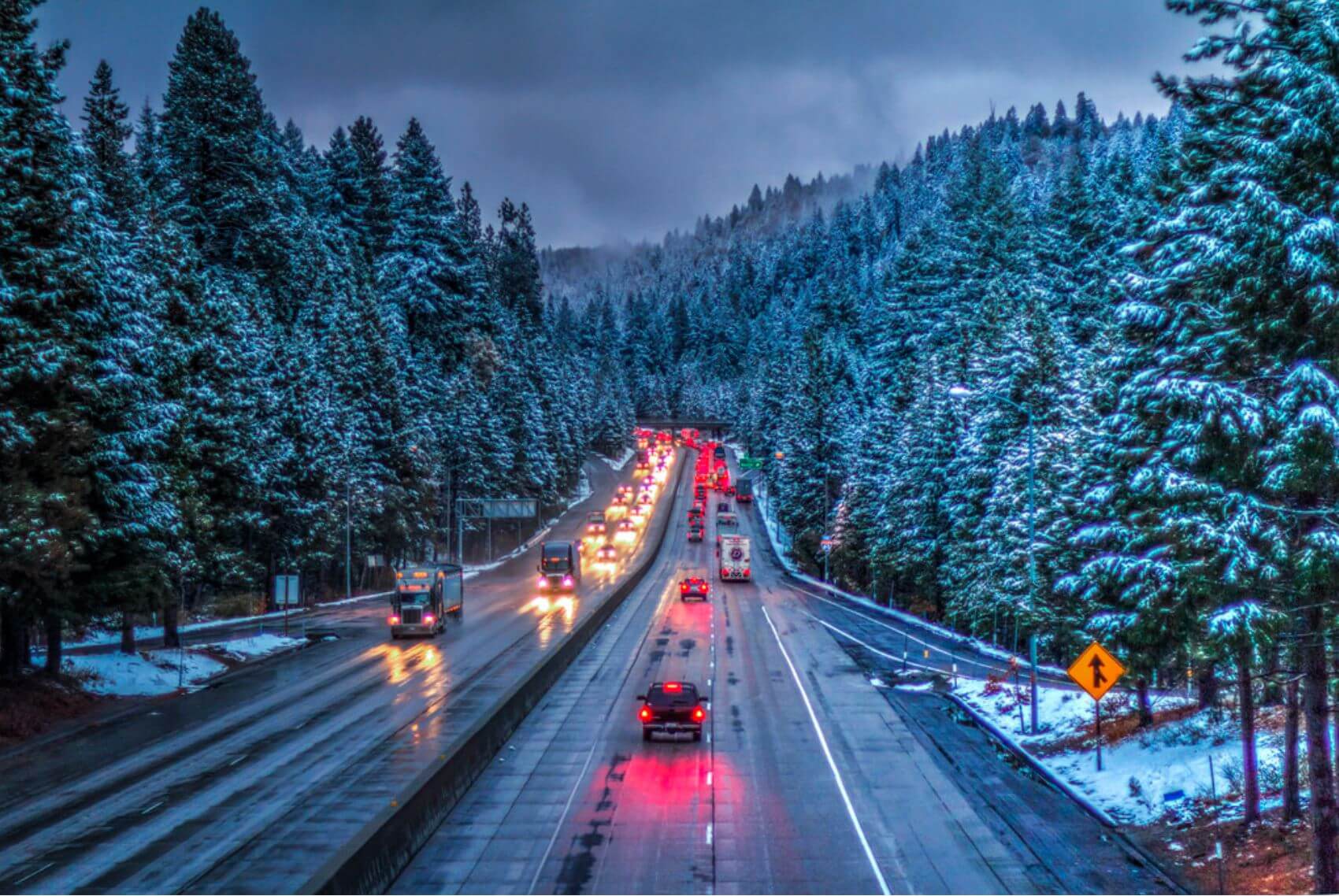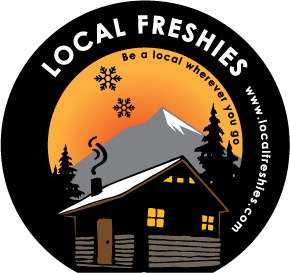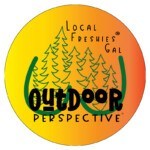The West Coast has been blessed with massive amounts of snow. From Lake Tahoe setting a record for snowfall to Wolf Creek receiving more than three feet, there’s plenty to be ridden. Nearly every mountain has gotten blasted with snowfall, but it seems like a lot of people have forgotten driving etiquette when spending time driving on mountain roads during winter.
Don’t Get Caught With Egg On Your Car
When it snows 8 feet in 4 days & you're too lazy to clean off your ride. Video taken by: Quinn Starr Instagram: @quinnstarr
Posted by Local Freshies on Sunday, January 15, 2017
We all understand that getting to the mountain early is critical, but make sure to leave extra time in the morning to clean off your ride. Don’t just clean off the windows. Be sure to remove ALL the snow from the top of your car. Why? Because when you start driving on mountain roads, these chunks of snow become missile projectiles. I have plenty of friends that have suffered broken windows, windshield wipers, and even had car accidents.
It’s All About Bondage… Chain Up The Right Way
Over the past few storms, we’ve seen a lot of folks putting chains on the wrong set of tires. It’s good that you have put them on, but if they aren’t on the tires that actually apply power, your wheels will spin as soon as you hit a small hill. You can of course pay the “chain monkeys” to put them on for you. But, if you want to do it yourself, be certain what kind of wheel-drive you have. Normally trucks, full-size SUVs, vans, or muscle cars with big engines are rear-wheel drive. Smaller, economy, and compact cars are most often front-wheel drive. To be absolutely certain, there are a couple easy ways to figure it out:
- Look at the manual
- See where the belts are located in the engine
Of course, the car’s manual will let you know what it is. Don’t trust the paperwork or lost it? Go ahead and pop the hood. From there, see where the belts are located. If they’re on the side of the car, then it’s front-wheel drive. Otherwise, when the belts are located by the radiator and grill, then it’s rear-wheel drive.
Highway Patrol Doesn’t Know How Good A Driver I Am

When driving on mountain roads, it’s ALWAYS good to check and see what type of road conditions exist. One thing to note is that the closer you are to the West Coast, the higher likelihood you’ll need 4WD or use snow-chains to get over the mountain passes. The reason is pretty simple – the type of snow that falls and the rate it falls at. In Colorado, you don’t need to carry chains, but in California, it’s a different story. The two main chain restrictions are as follows:
| Chain Requirement Levels and Traffic Control Definitions | |
| R-1: | Chains, traction devices or snow tires are required on the drive axle of all vehicles except four-wheel/all-wheel drive vehicles. |
| R-2: | Chains or traction devices are required on all vehicles except four-wheel/all-wheel drive vehicles with snow-tread tires on all four-wheels. |
| R-1 and R-2 are the most common chain controls. The highway will often be closed before an R-3 control is imposed. | |
We know what you’re thinking… “Pshaw! I grew up in the snow and know how to drive in those types of conditions. I’ll just take the road around the chain control and drive carefully.” On flat ground, that may work (as long as the side streets are plowed), but as soon as you start climbing the mountain passes, the consistent pitch will cause your car at a minimum to lose traction. And, don’t forget about all the drivers around you. An even worse case, you get into a car accident because of someone else. Maximum traction not only keeps you safe from your own car, but it can help you avoid others as well.
Don’t Play Chicken With A Snow Plow

Does this scenario sound familiar? In front of you is a long line of cars creeping slowly up the pass. You’re going to be late for the opening bell at your local resort because you had a few too many the night before. You KNOW this road like the back of your hand and there’s never anyone coming down the hill at this time of the day. Instead of waiting for the passing lane, your massive 4WD pickup truck is the king of the road and you’re confident you can pass all five vehicles in front of you with no problem. Out of nowhere, a snowplow comes bumbling its way down the pass. OH NO! In an instant, that seemingly innocent decision becomes a terrible accident. Don’t let this story become your reality!
It’s Not A Sprint, It’s A Marathon… Make Sure There’s Enough Gas In The Tank
Winter driving on mountain roads is all about adventure. It isn’t easy, and it can be painful. Everyone out there is chasing the snow, and depending on the rate of snowfall, what would be a two hour leisurely journey can easily become a ten hour arduous climb with avalanche controls and car accidents. Don’t try to work the odds in winter travel. 9 out of 10 times you won’t need a full tank of gas, but the one time you didn’t fill up, your stuck in traffic. Or worse, the road closes, and it’s COLD and snowing outside! Staying warm and entertained in the car matters when no one is moving, but when your gas is low, the car starts to sputter and shuts off. Now what do you do?
Come Home Safe
Powder days are amazing and Local Freshies® is all about it, but like they say in the backcountry – You want to have fun, but in the end, you want to come home safe. When traveling in the wintry mountains, give yourself time, come prepared, and most of all, BE PATIENT.











